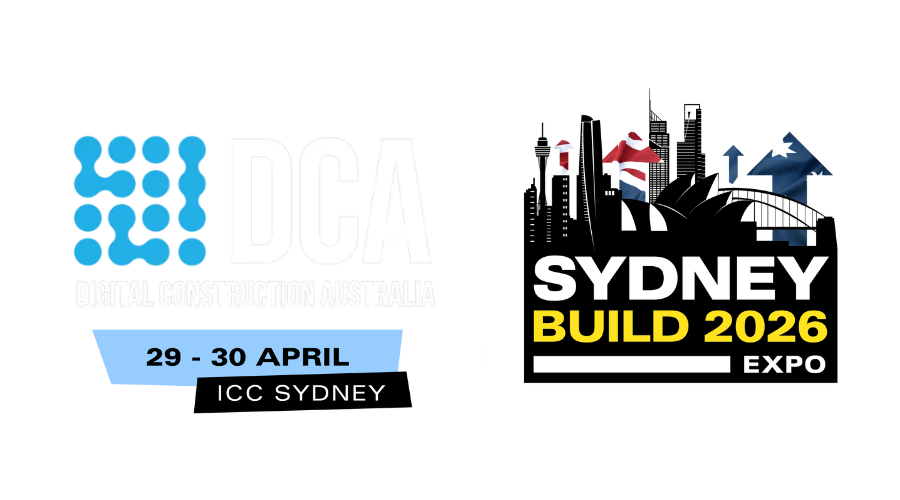23 Jan 2018
Sydney's 2018 crane invasion
)
Cranes are seen more often in Sydney's skyline in recent days; with an increase of 65 per cent just in the past two years. Habitats are migrating as construction activities relocate from the city to suburbs along the main public transport routes. Joh Bjelke Petersen; Gladys Berejiklian and other politicians are pointing to the skyline with great pleasure due to their successful work. Professionals; however; are noticing that Sydney's pattern of development is not able to meet the need of first home buyers. In 2017; the number of crane activity at the city of Sydney was dropped from 25 canes to 17. In the meantime; the ranking of satellite suburban centres had been raised. According to researchers; the calculated cranes in last September are as follows: Epping was home to 16; Wolli Creek 13; Parramatta 12 and Mascot 10. Burwood; Ashfield; Homebush Bay and Lewisham are marked as the top 10 crane suburbs in Sydney. In addition; the inner west of Sydney is surrounded by massive crane activity. Interestingly; the two most buoyant markets of Sydney and Melbourne have seen a huge decentralisation of multi-level developments taking place. There are now 109 Sydney suburbs and 54 Melbourne suburbs with cranes; whilst other cities' high-rise developments are focused in the CBD area. Stephen Ballesty; the director of research at Rider Levett Bucknall states. Across the major 350 cranes in Sydney's skyline nearly half of them are building residential blocks instead of commercial ones. New houses and apartments in NSW have already started their building work since last year; and Australian Bureau Statistic shows that the construction work has been dramatically increasing since 2009. Mr Ballesty stated that residential cranes soared to 298 around Sydney; which amount to 43 per cent of total cranes erected within Australia and 54 per cent of all cranes supporting the residential sector in Australia. The head of Urban and Regional Planning and Policy at the University of Sydney; Peter Phibbs; said the new apartments were at million dollar mark range due to high land prices. Professor Phibbs added; We have run an international experiment about the inability of supply really to moderate housing price increases in a context of declining interest rates and a very tax friendly environment for investors. Professor Phibbs also pushed economic policy makers to question the excessive dependence on ultra low interest in order to boost the economy; and to put more attention on investing in government infrastructures; which would spur growth and offer more useful transport connections.
Loading

